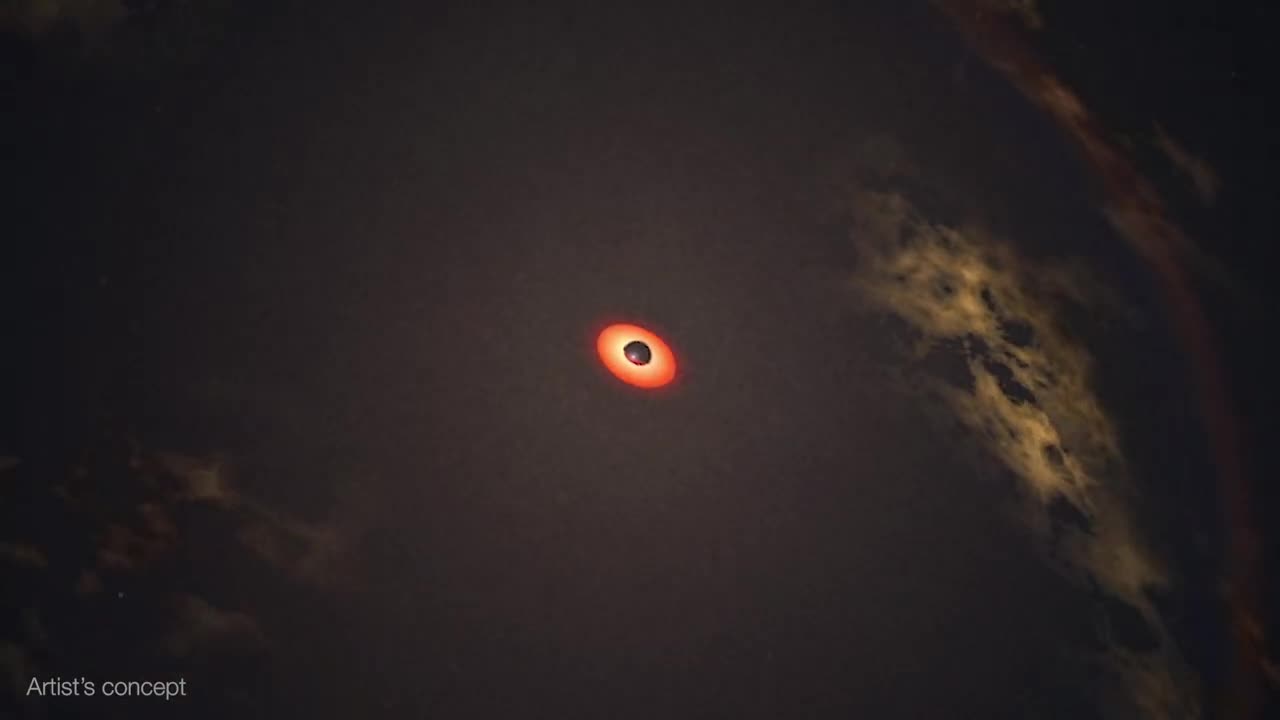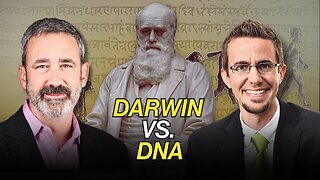Premium Only Content

Black Hole Snack Attack
Using NASA’s Neil Gehrels Swift Observatory, which launched in 2004, scientists have discovered a black hole in a distant galaxy repeatedly nibbling on a Sun-like star. The object heralds a new era of Swift science made possible by a novel method for analyzing data from the satellite’s X-ray Telescope (XRT).
When a star strays too close to a monster black hole, gravitational forces create intense tides that break the star apart into a stream of gas. The leading edge swings around the black hole, and the trailing edge escapes the system. These destructive episodes are called tidal disruption events. Astronomers see them as flares of multiwavelength light created when the debris collides with a disk of material already orbiting the black hole.
Recently, astronomers have been investigating variations on this phenomena, which they call partial or repeating tidal disruptions.
During these events, every time an orbiting star passes close to a black hole, the star bulges outward and sheds material, but survives. The process repeats until the star looses too much gas and finally breaks apart. The characteristics of the individual star and black hole system determine what kind of emission scientists observe, creating a wide array of behaviors to categorize.
On June 22, 2022, XRT captured Swift J0230 for the first time. It lit up in a galaxy around 500 million light-years away in the northern constellation Triangulum. Swift’s XRT has observed nine additional outbursts from the same location roughly every few weeks.
Scientists propose that Swift J0230 is a repeating tidal disruption of a Sun-like star orbiting a black hole with over 200,000 times the Sun’s mass. They estimate the star loses around three Earth masses of material on each pass. This system provides a bridge between other types of suspected repeating disruptions and allowed scientists to model how interactions between different star types and black hole sizes affect what we observe.
Swift J0230’s discovery was possible thanks to a new, automated search of XRT observations called the Swift X-ray Transient Detector.
After the instrument observes a portion of the sky, the data is transmitted to the ground, and the program compares it to previous XRT snapshots of the same spot. If that portion of the X-ray sky has changed, scientists get an alert. In the case of Swift J0230, astronomers were able to rapidly coordinate additional observations of the region.
Music credit: "Teapot Waltz" by Benjamin Parsons from Universal Production Music
Credit: NASA's Goddard Space Flight Center
Producer: Sophia Roberts (AIMM)
Science writer: Jeanette Kazmierczak (University of Maryland College Park)
Editor: Sophia Roberts (AIMM)
Narrator: Sophia Roberts (AIMM)
Animator: Chris Smith (KBRwyle)
Project support: Scott Wiessinger (KBRwyle)
-
 8:37
8:37
The Art of Improvement
20 hours ago $0.52 earnedLife Lessons I’d Tell My Teenage Self
4.06K1 -
 LIVE
LIVE
BEK TV
23 hours agoTrent Loos in the Morning - 9/19/2025
212 watching -
 17:22
17:22
Adam Does Movies
12 hours ago $1.54 earnedIce Road: Vengeance - Movie Review
59.5K4 -
 45:05
45:05
Uncommon Sense In Current Times
17 hours ago $0.55 earnedDarwin vs. DNA | Dr. Nathaniel Jeanson on Creation Science, Evolution & the Case for Genesis
12.1K3 -
 32:19
32:19
The Lou Holtz Show
14 hours agoThe Lou Holtz Show S2 EP18 | Danica Patrick on Fearlessness, Faith & Finding Purpose #podcast
11.6K4 -
 23:41
23:41
The Official Corbett Report Rumble Channel
10 hours agoDiscord Democracy is Coming For Us All! - New World Next Week
8.01K13 -
 49:14
49:14
CharLee Simons presents DO NOT TALK
1 day agoSCREW YOU, ZUCKERBERG (Sam Anthony is back!)
11.5K1 -
 1:04:26
1:04:26
SinCityCrypto
18 hours ago $0.70 earnedAltcoins About to EXPLODE (ETF Approvals)
9.4K1 -
 LIVE
LIVE
Times Now World
2 days agoLIVE | Putin in Military Gear Leads Massive Zapad 2025 Drills With 100,000 Troops | TIMES NOW WORLD
513 watching -
 15:03
15:03
Nate The Lawyer
2 days ago $2.11 earnedFirst Former Illegal Alien Elected To City Council Deported To Prison By Feds. @DLAW_
33.1K22